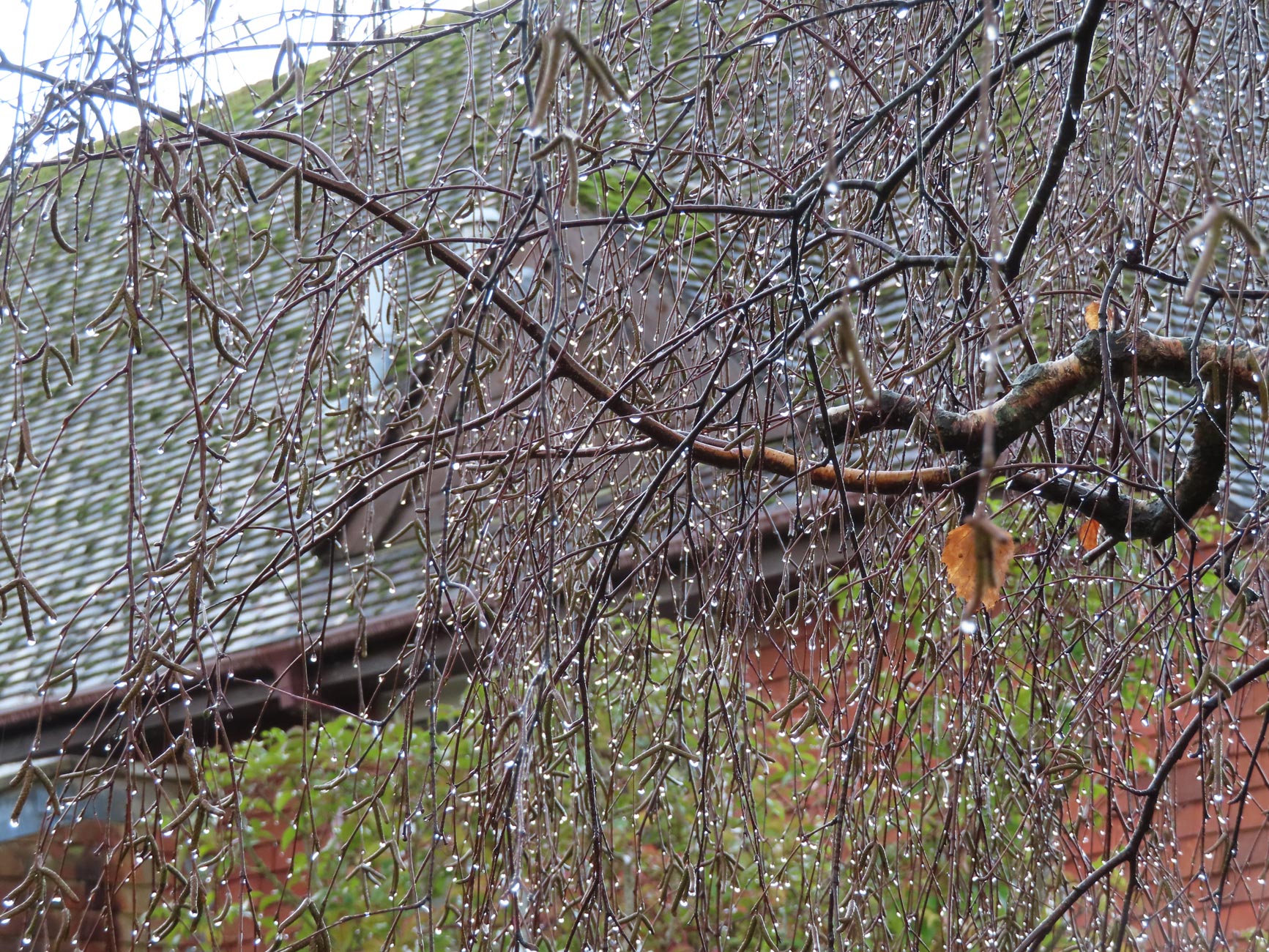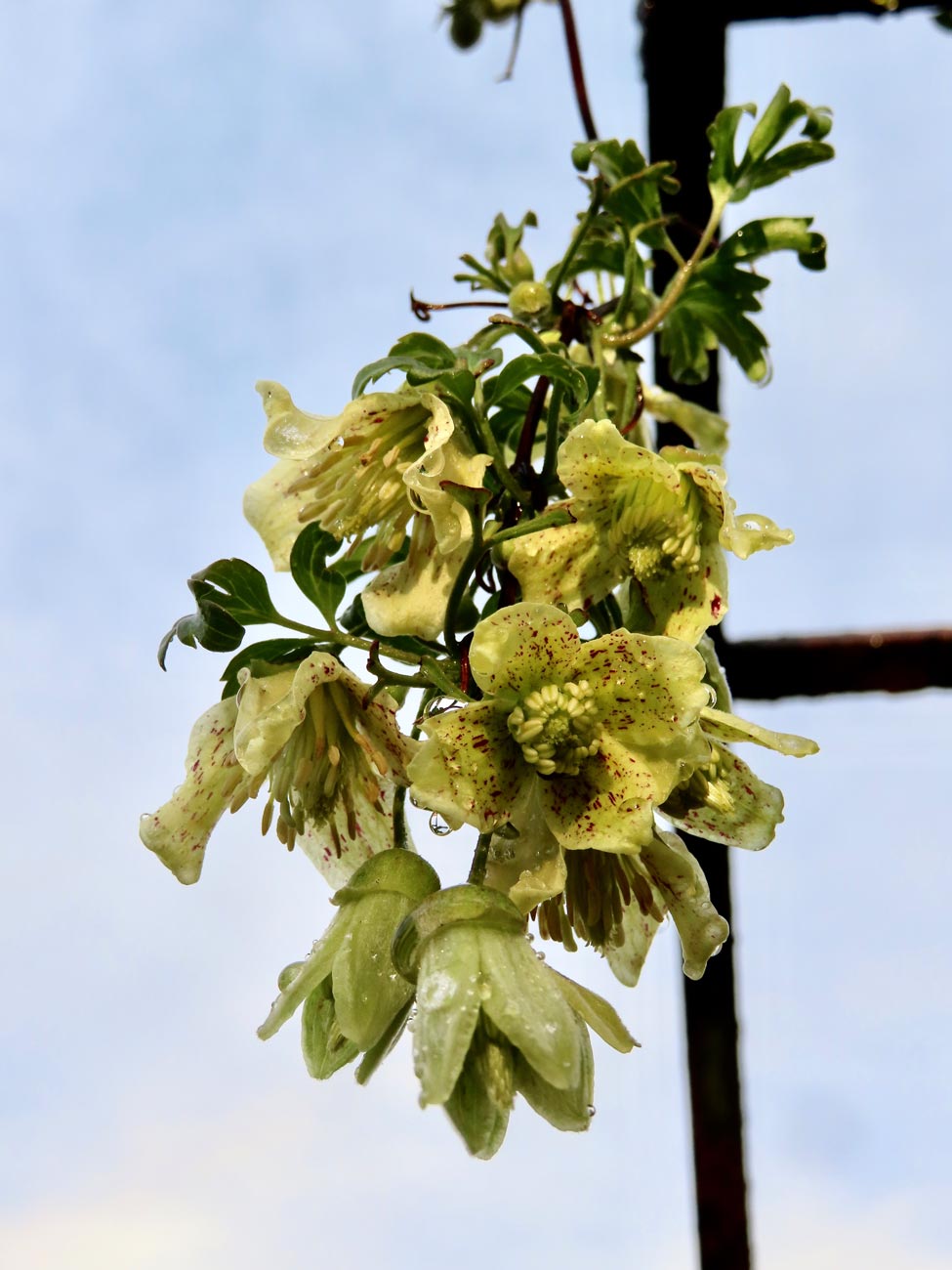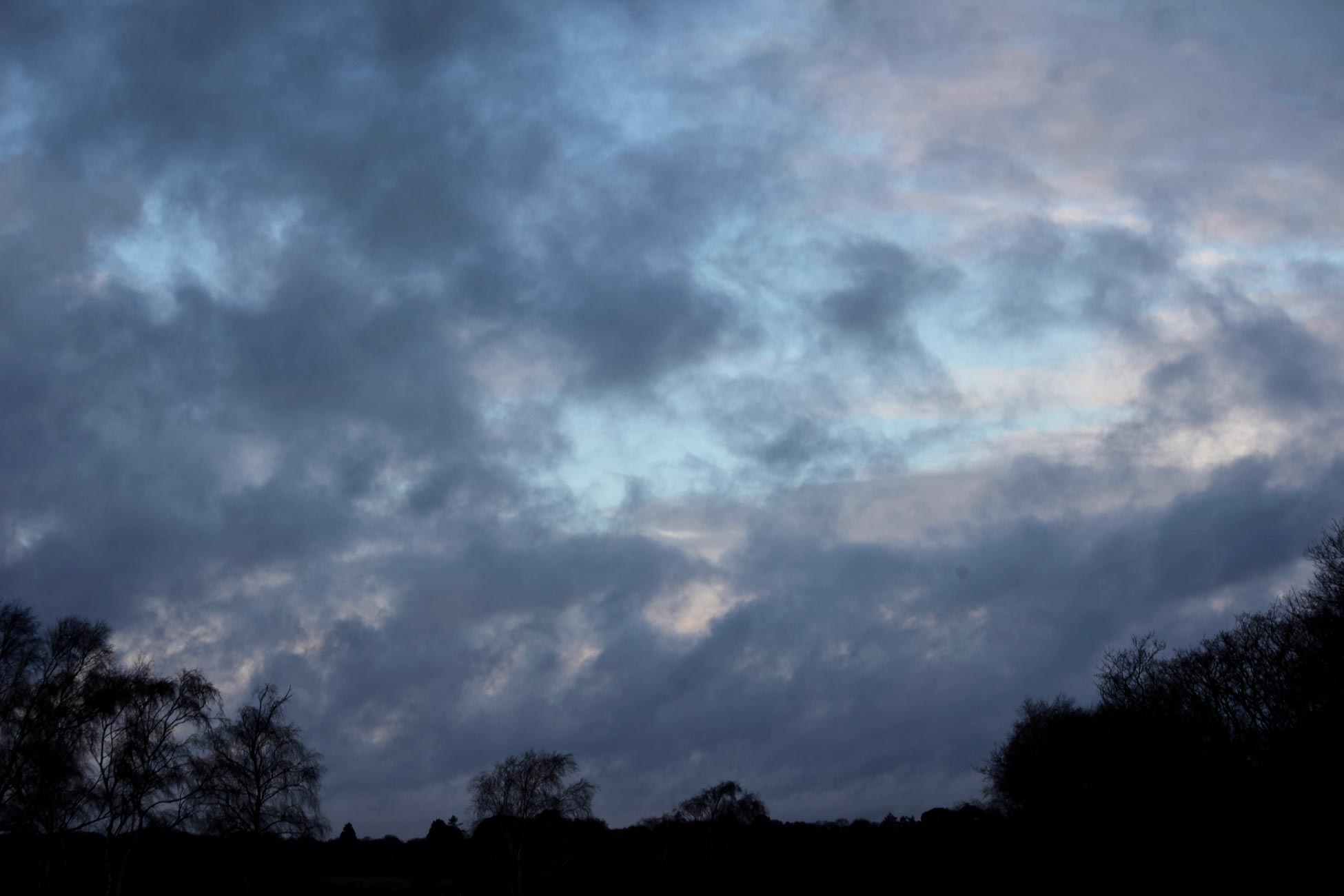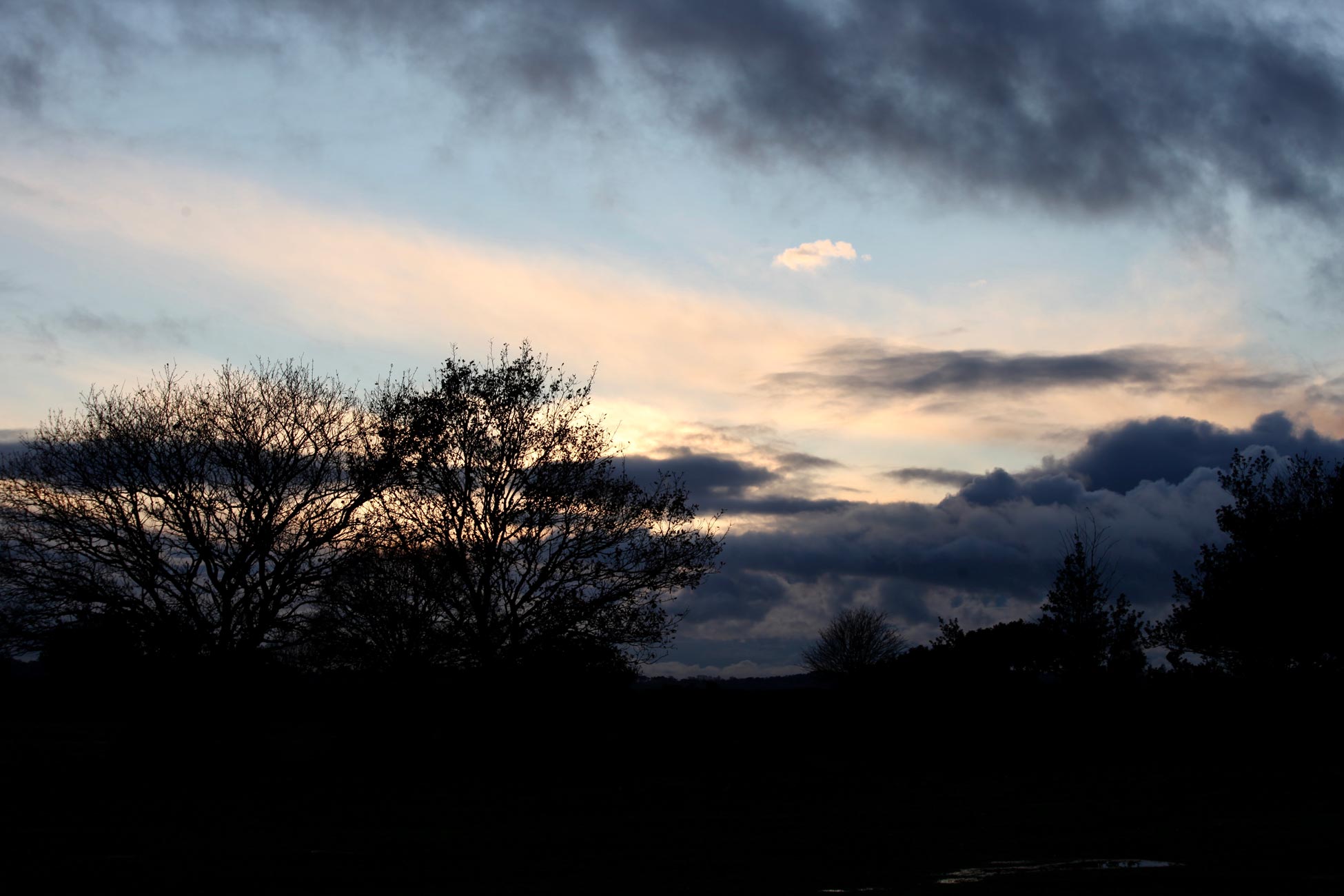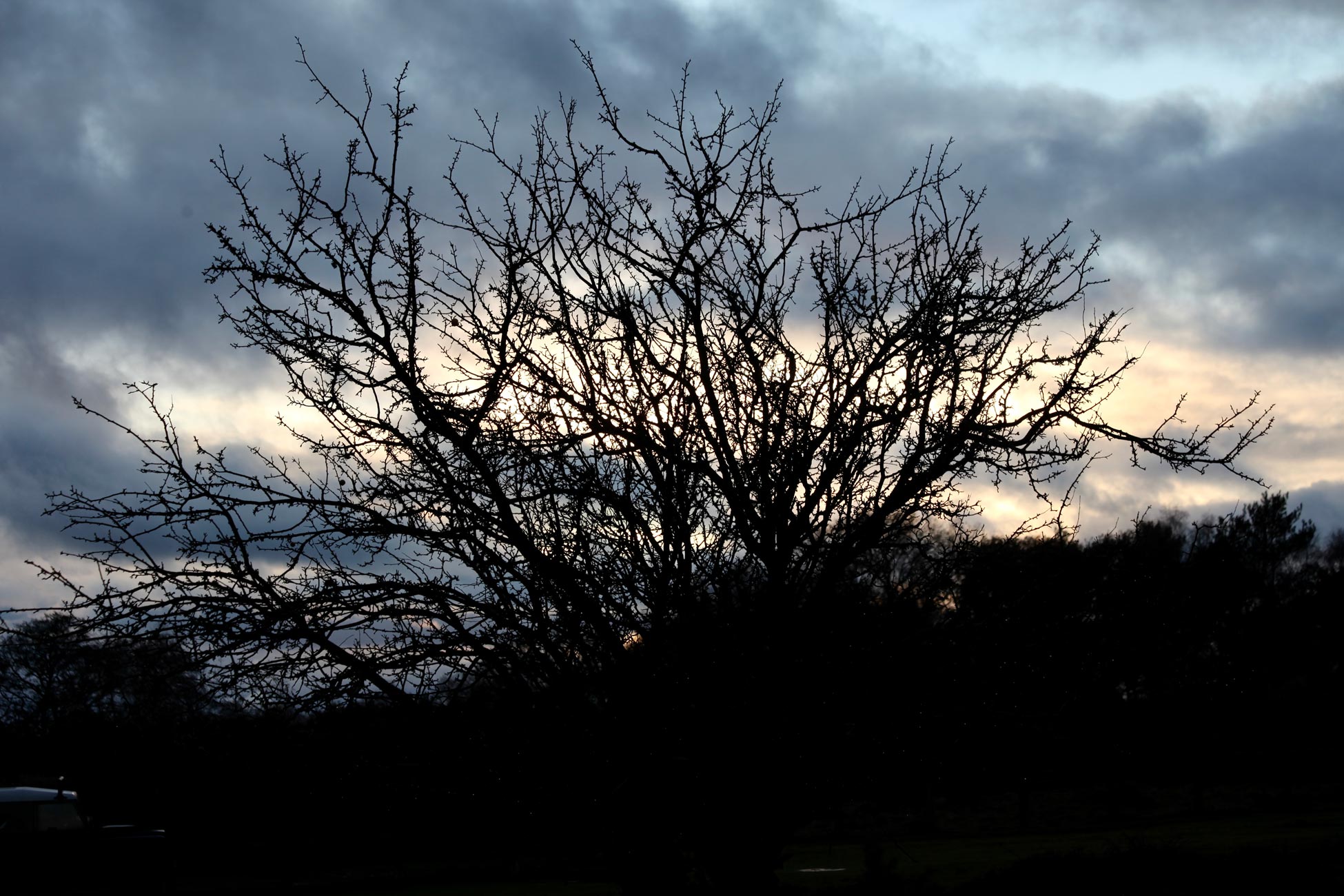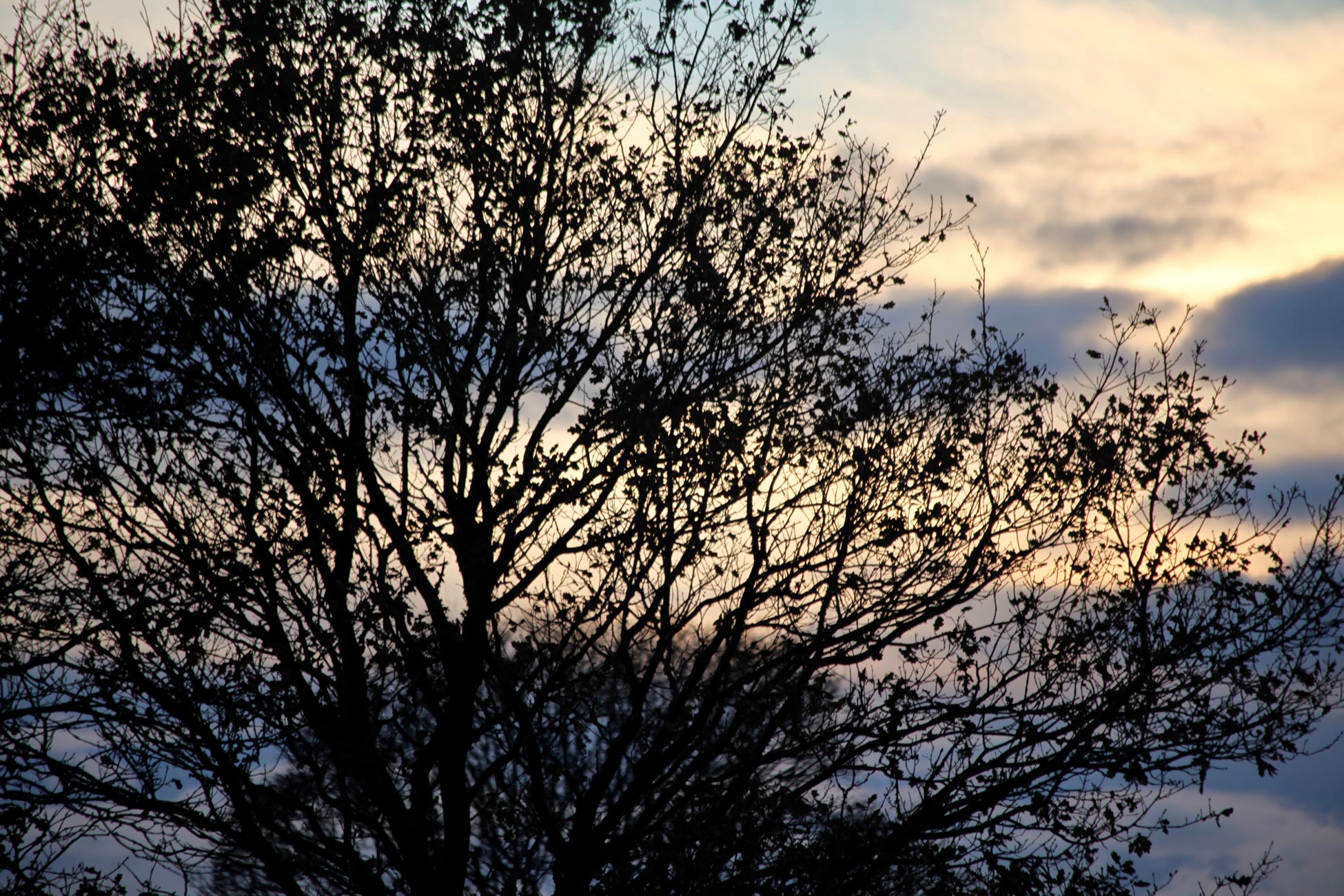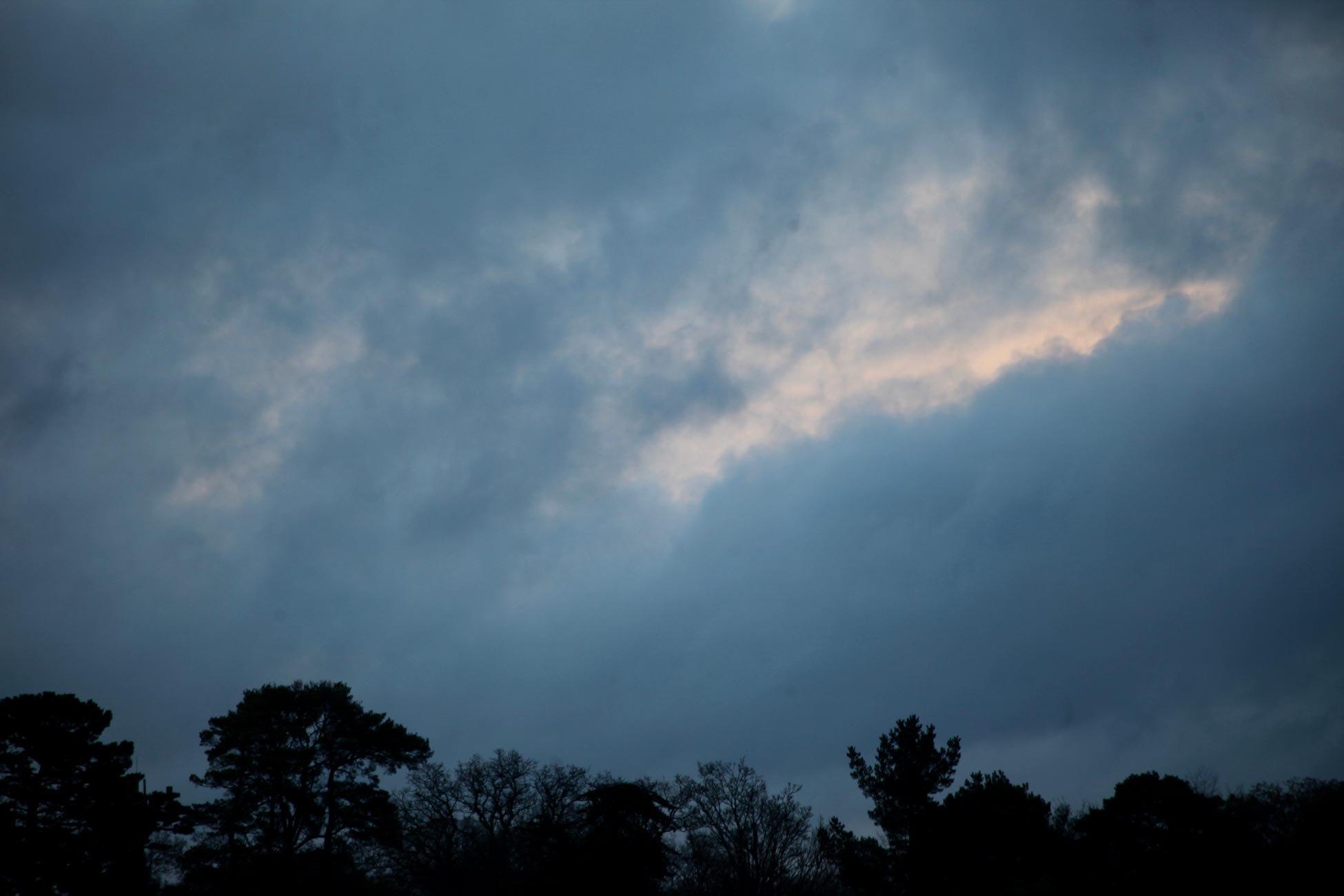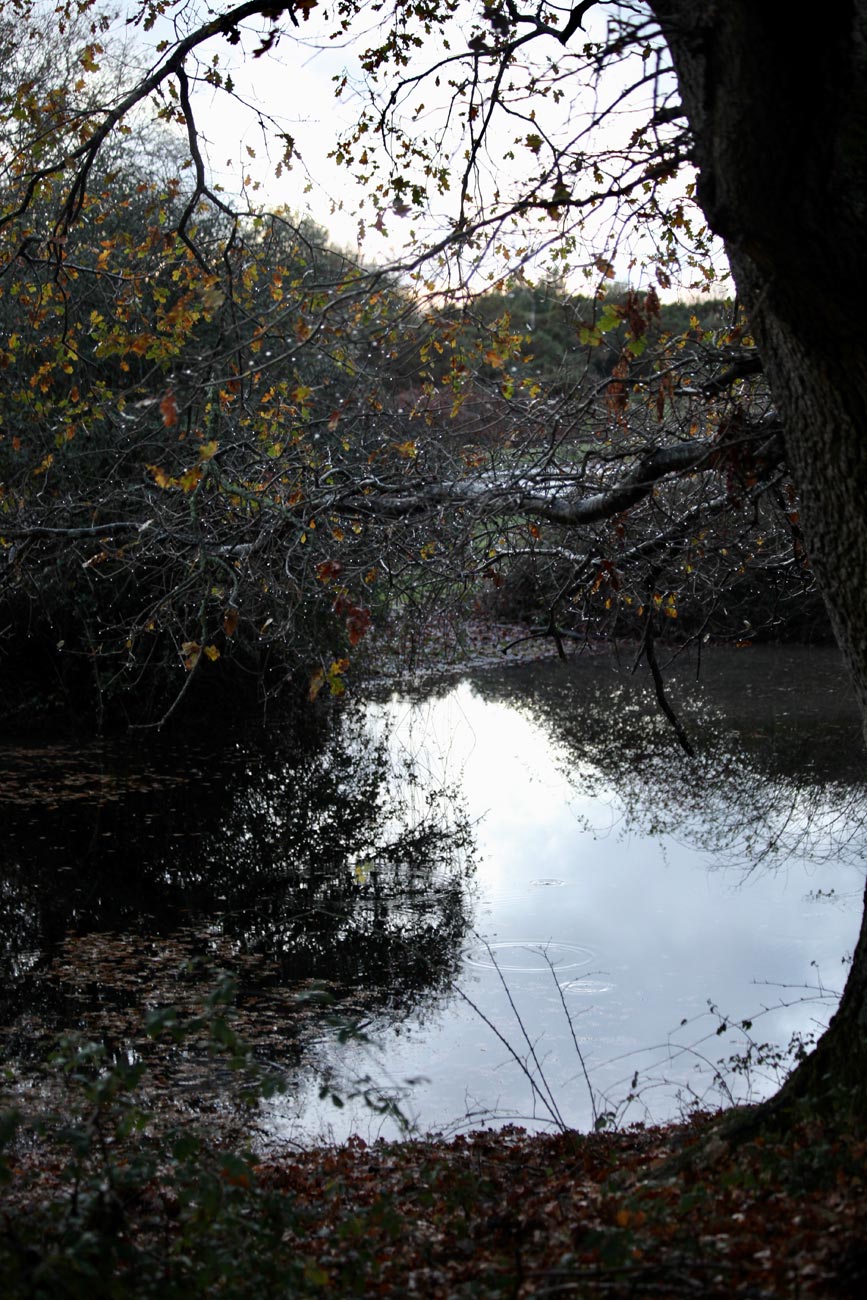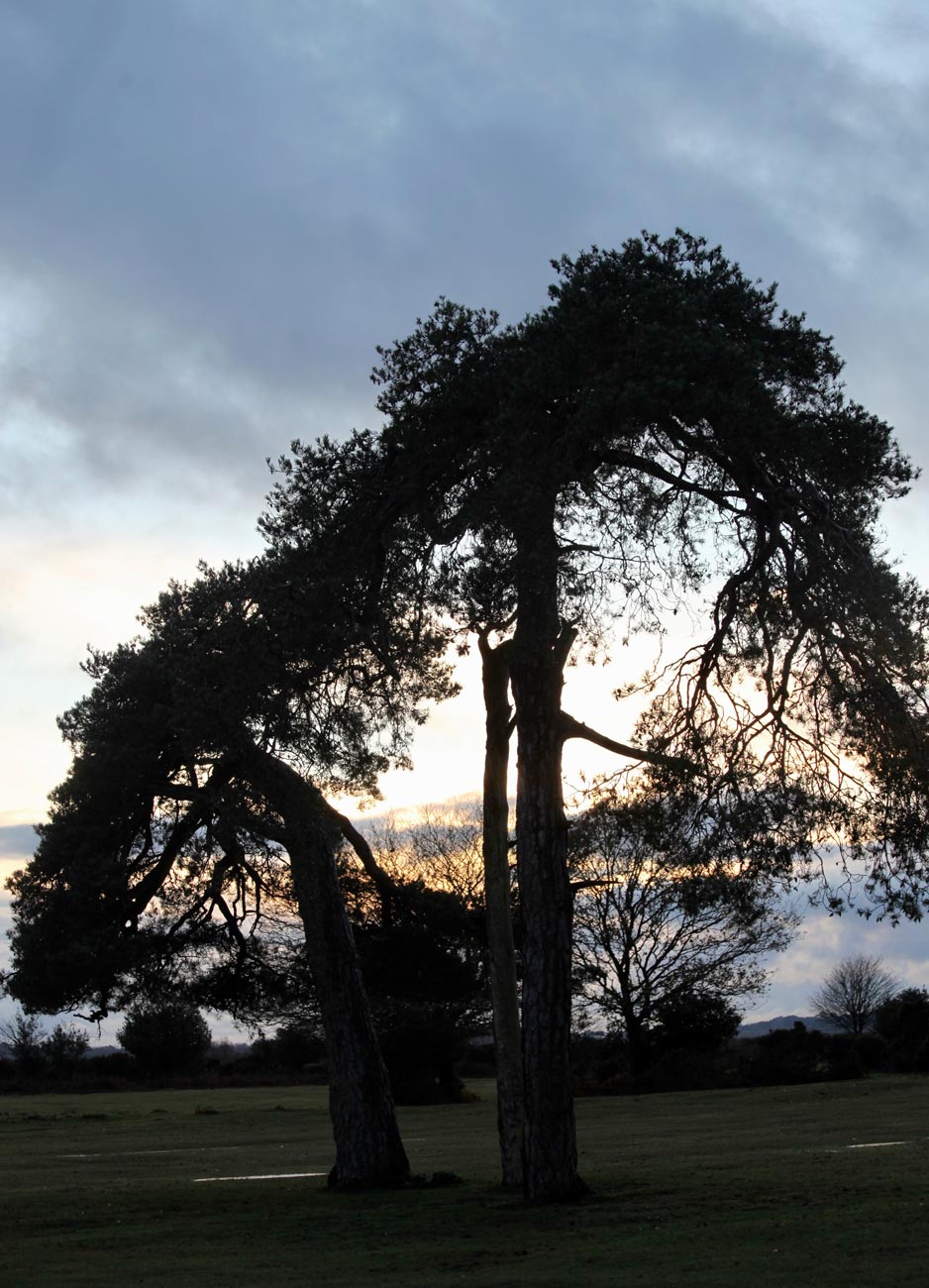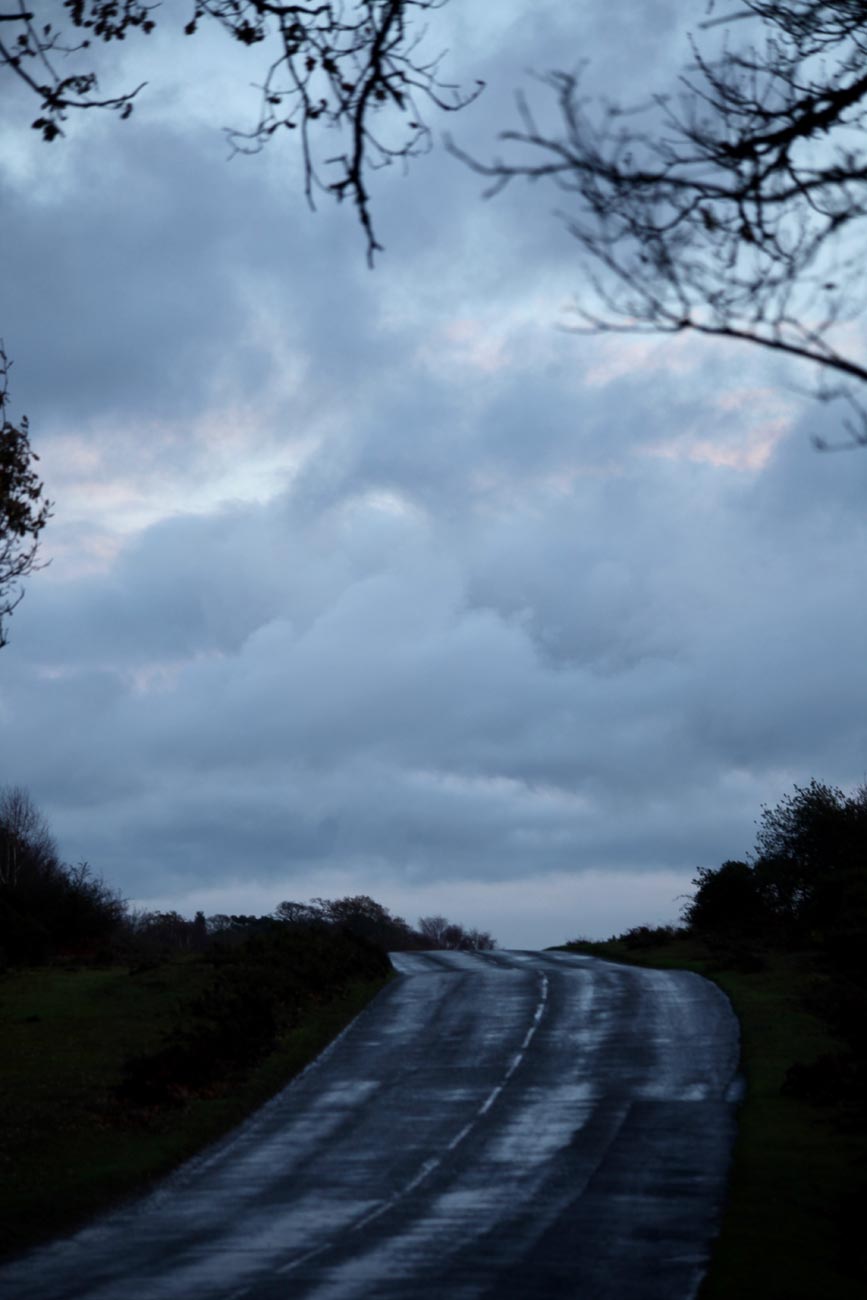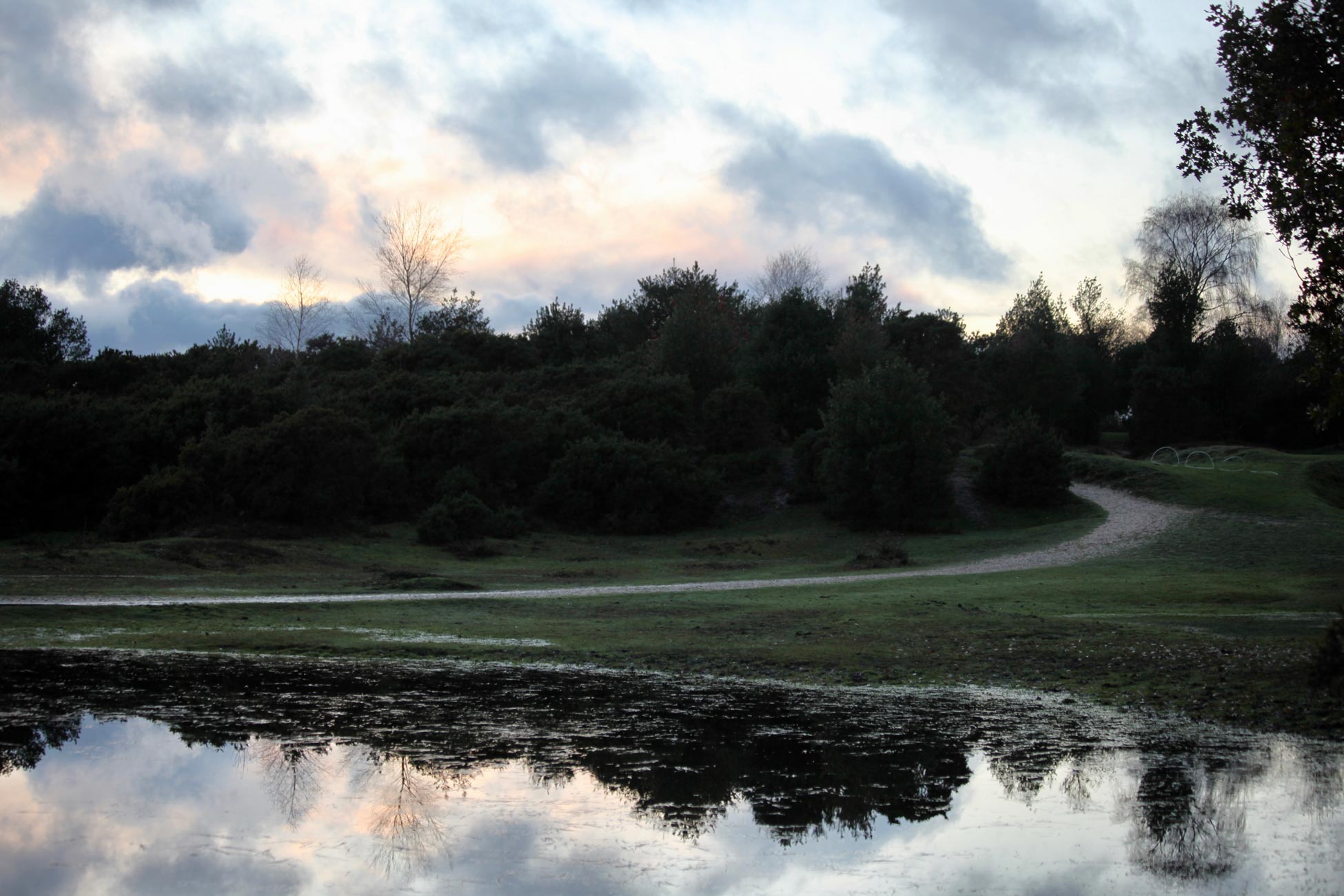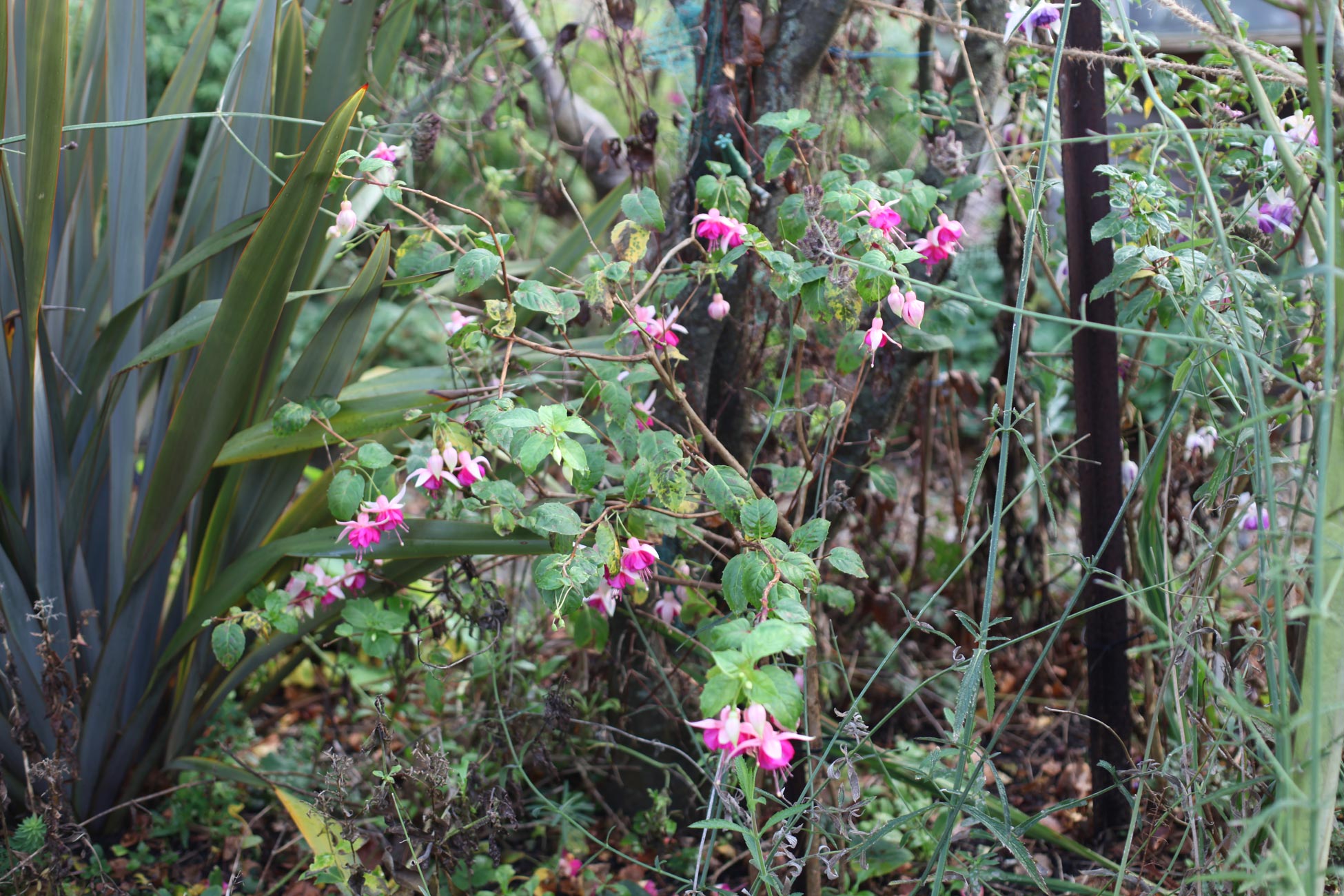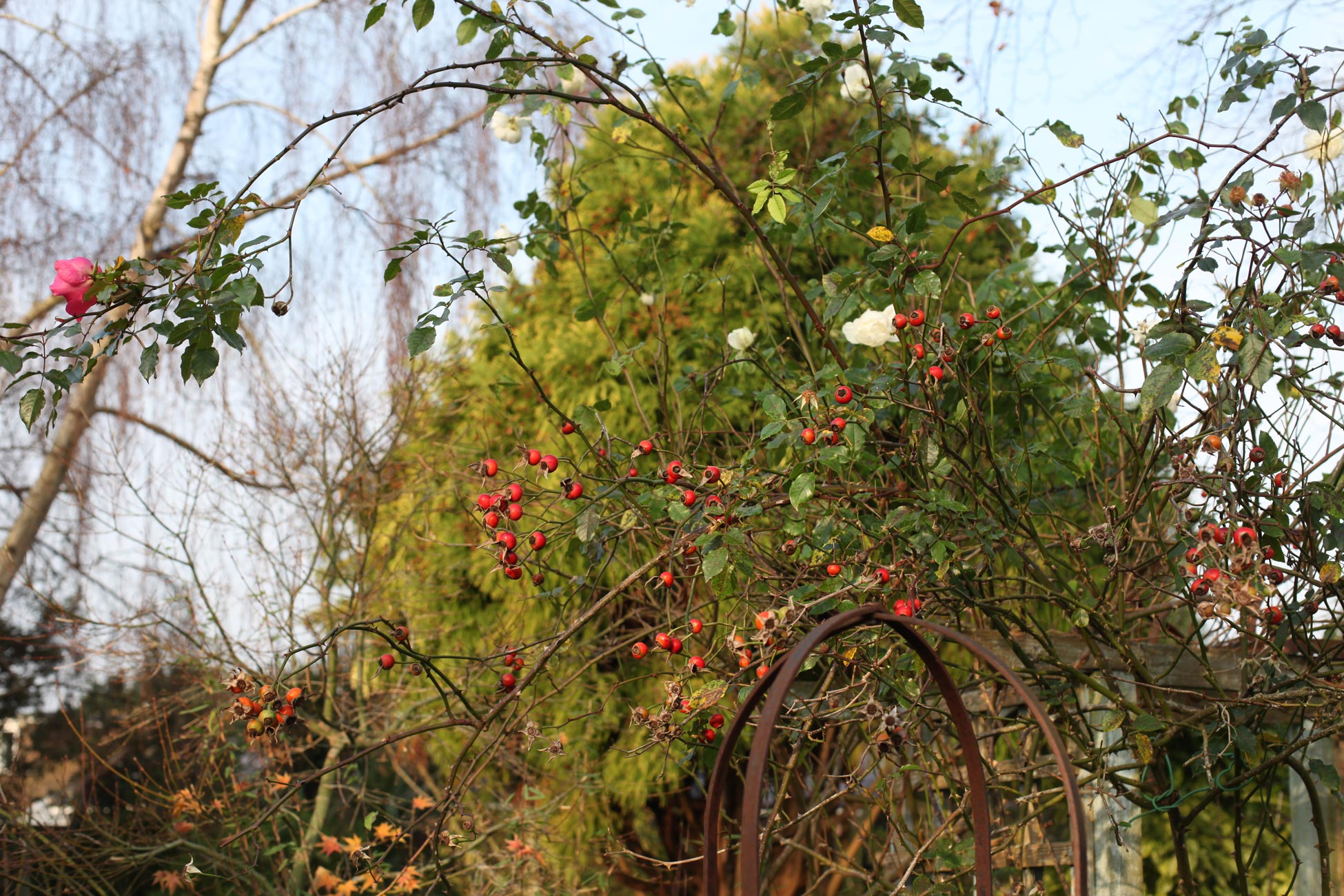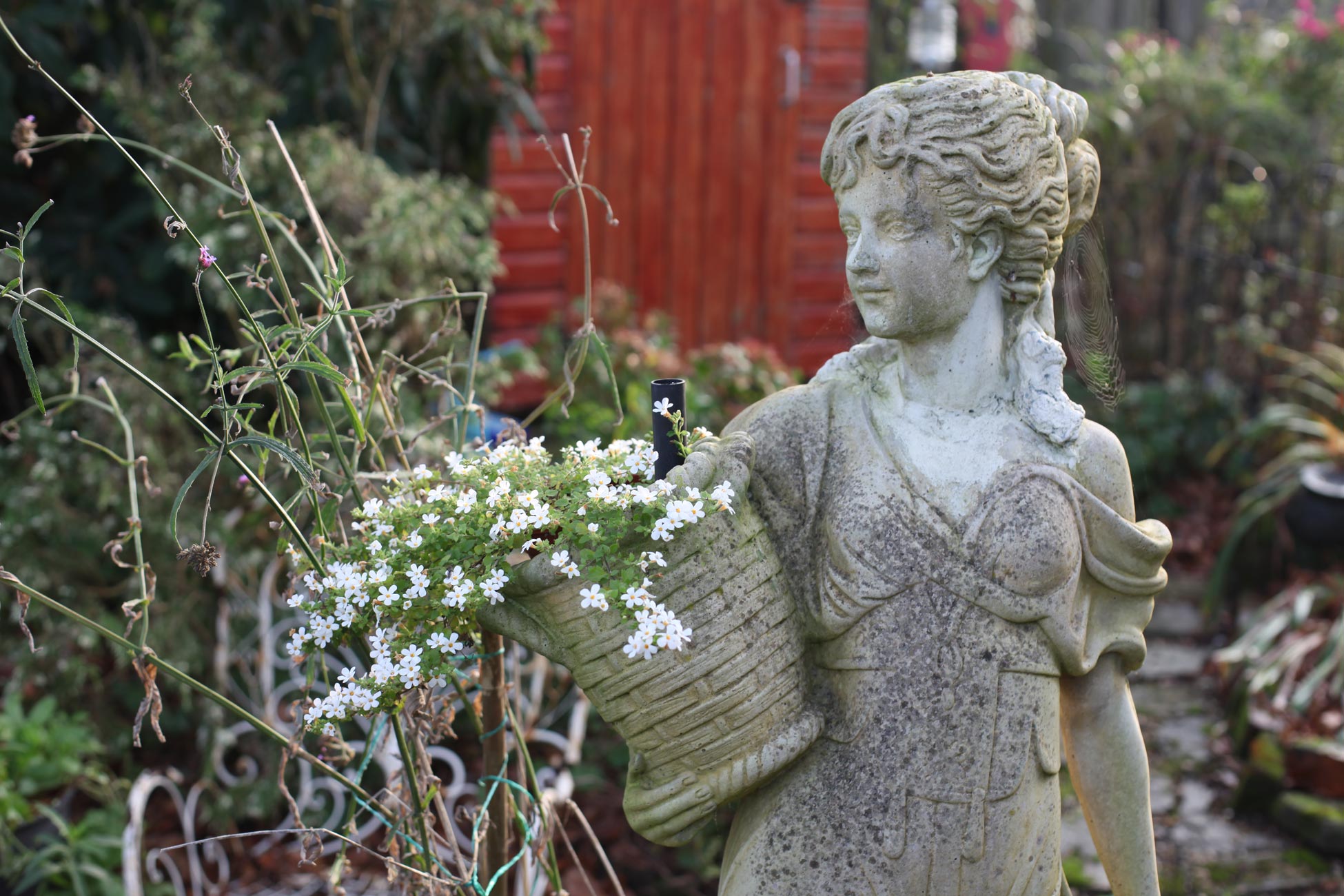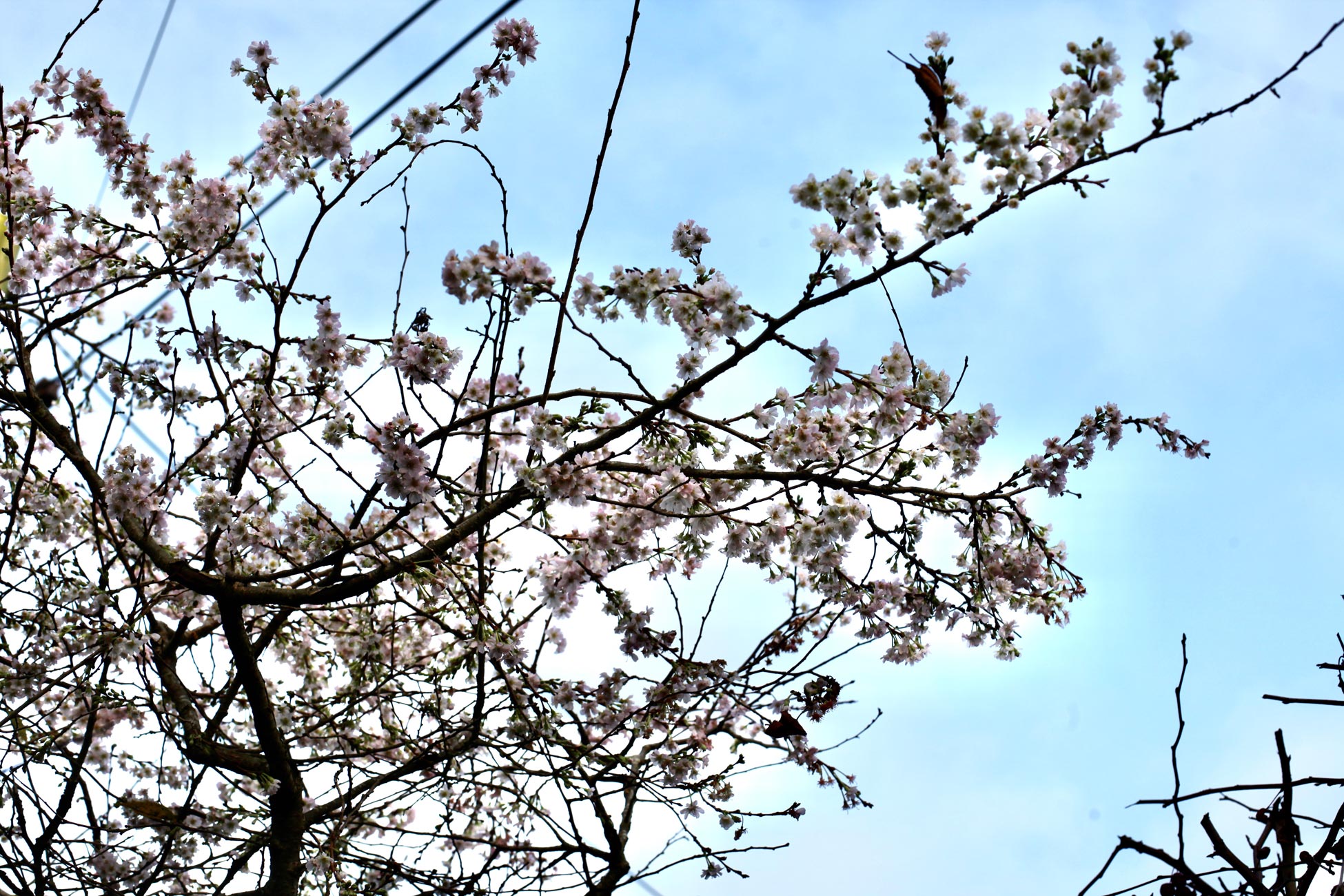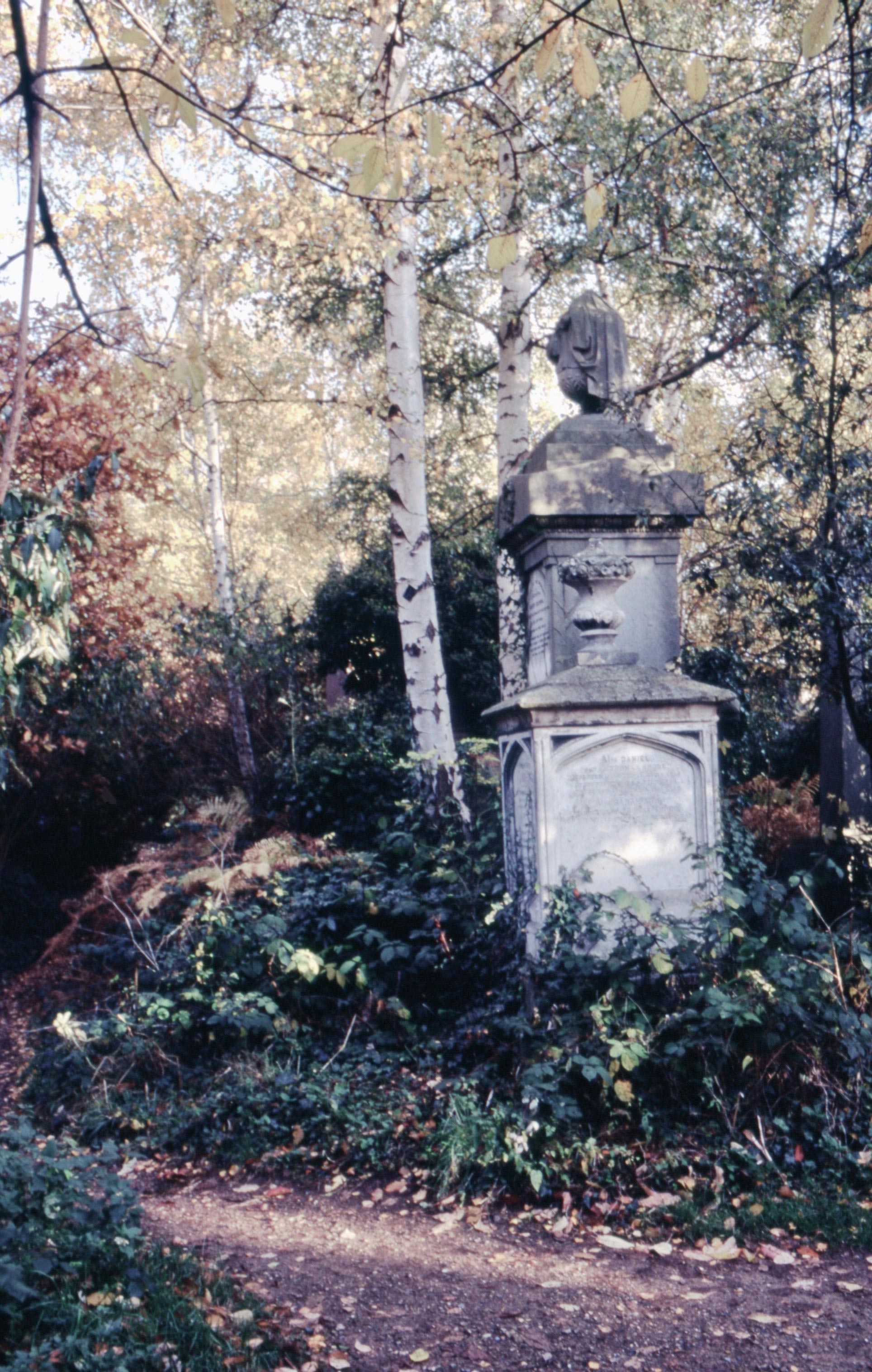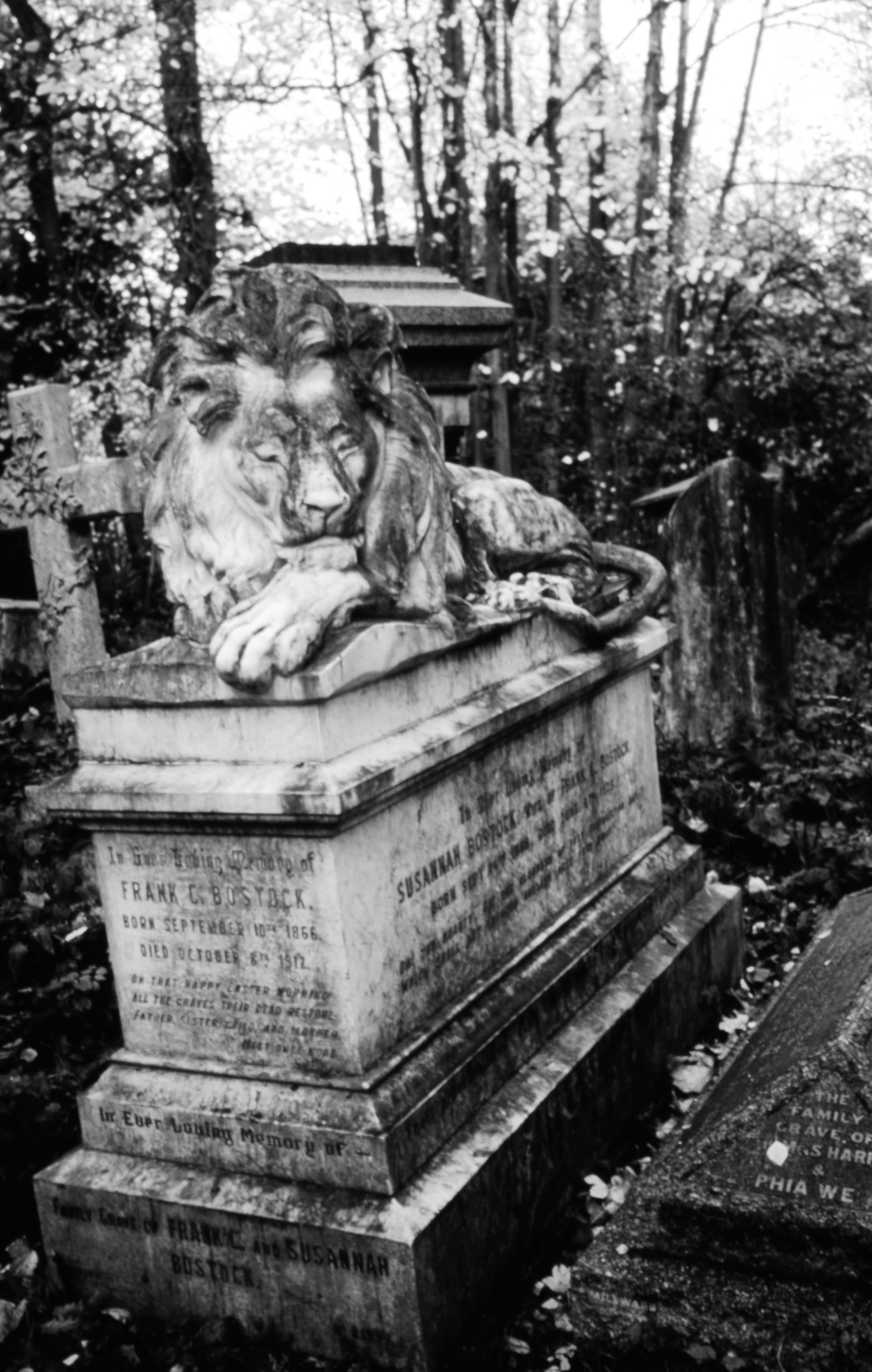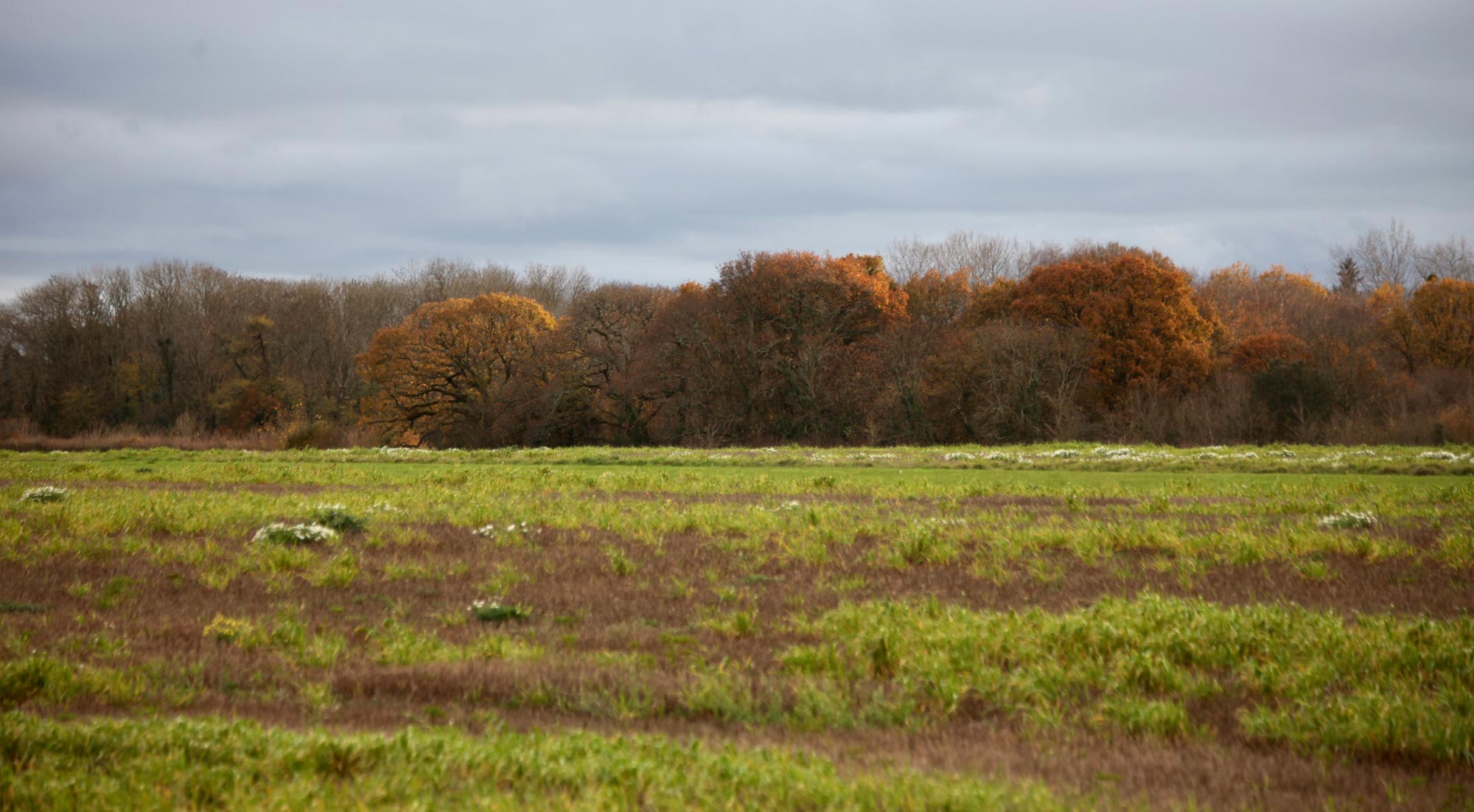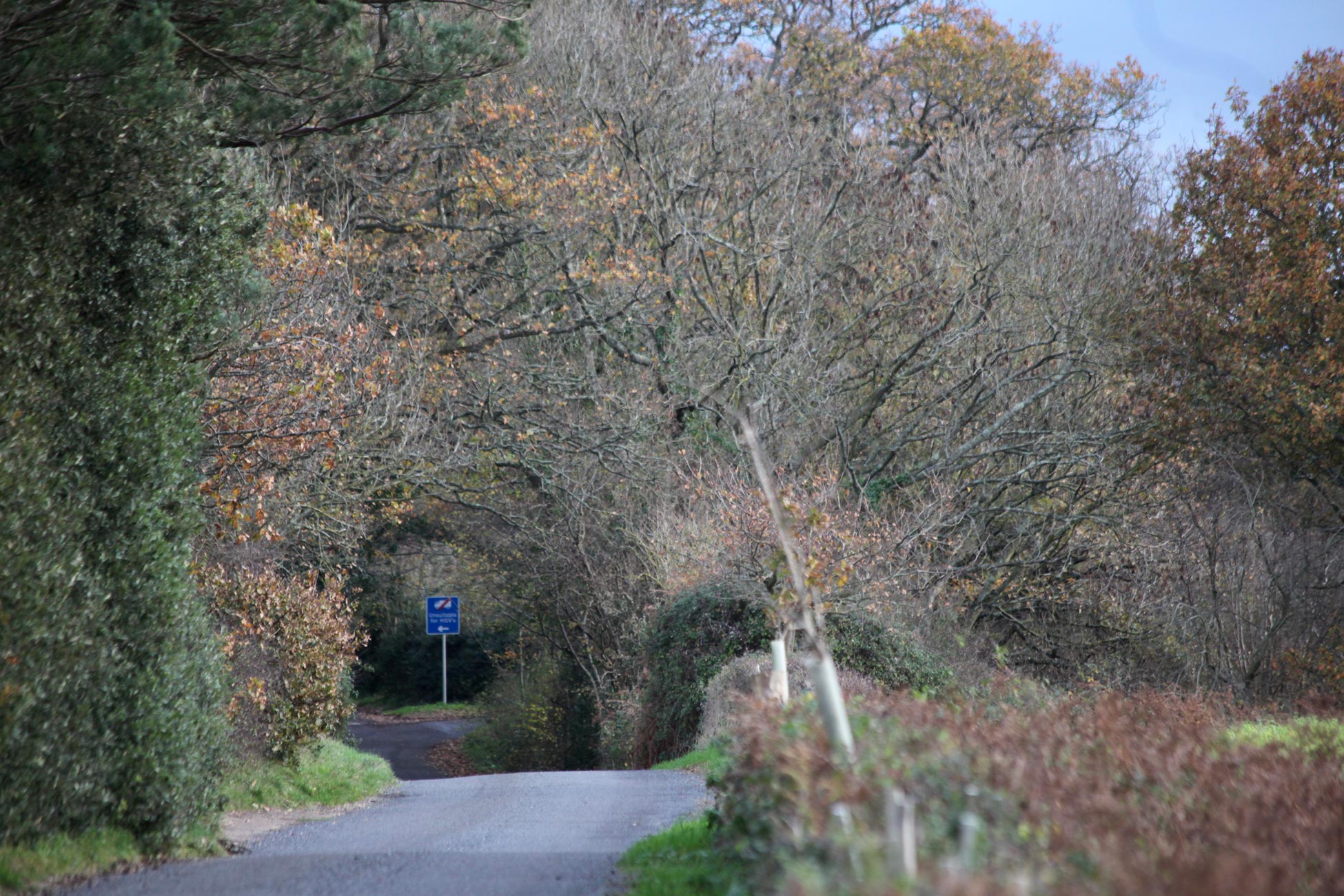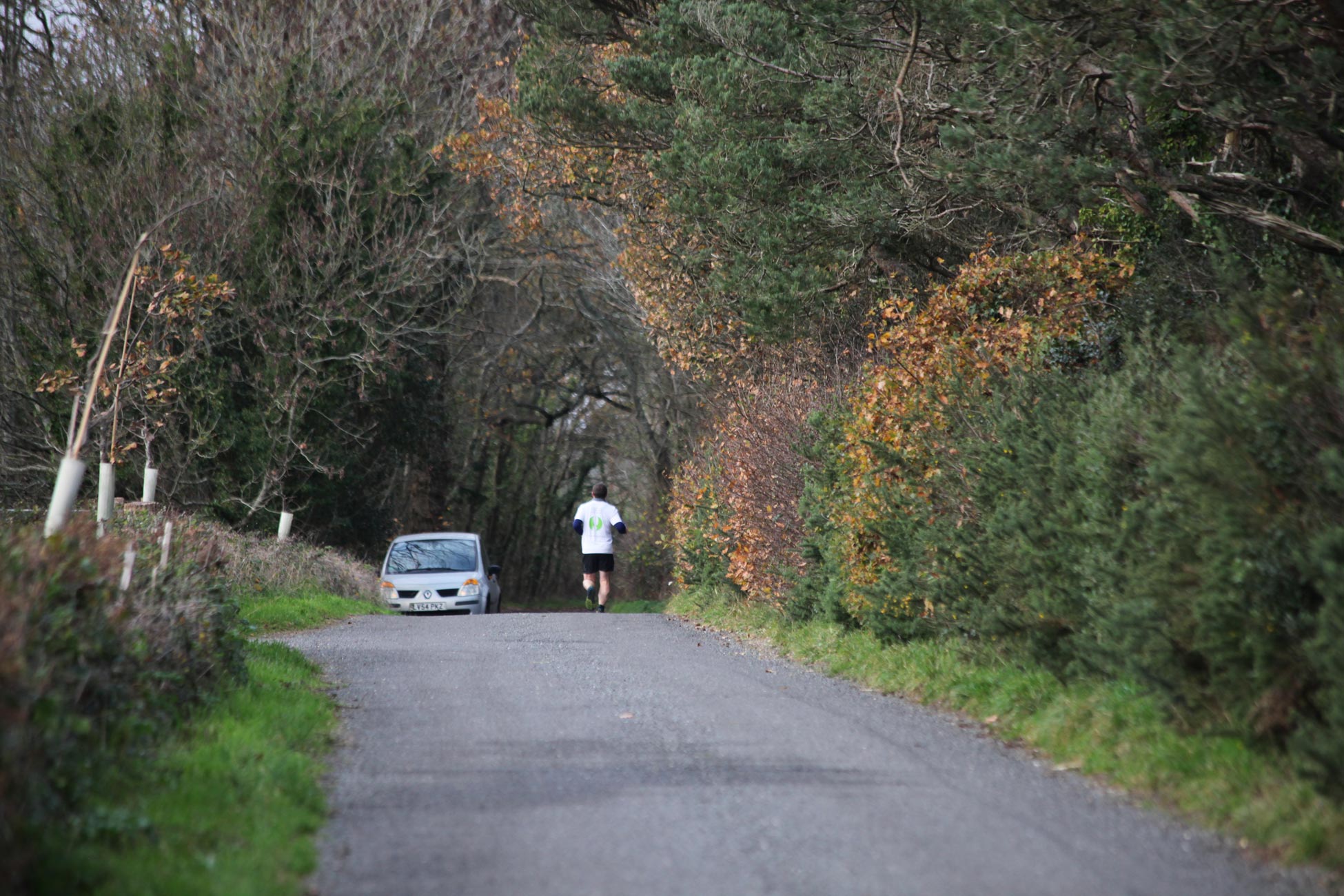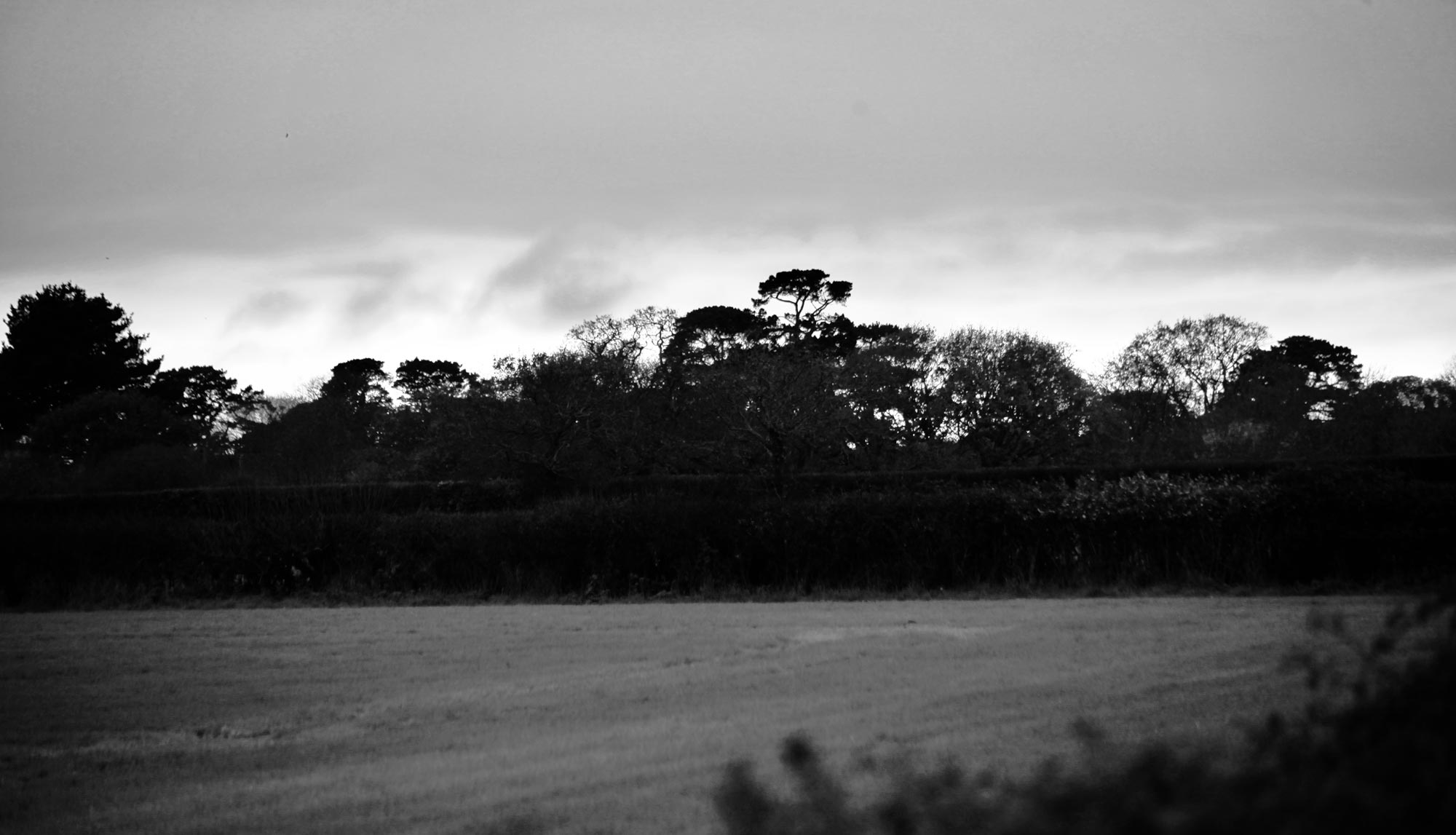In her Foreword to her ‘The Proud Tower’, Barbara W. Tuchman states that ‘this book is an attempt to discover the quality of the world from which the Great War came’. First published in 1966, this is largely a collection of previously published writings gathered together. The first, entitled, ‘The Patricians – England: 1895-1902’, describes the powerful ruling classes whose complacency, based on the assumed right to govern accumulated over centuries of inherited position, wealth, and advantaged education, was unassailed at that time. According to the writer their status as leaders was seen to be natural and unquestioned, and would always be rewarded with success. The setbacks of the Boer War came as a great shock.
On a drizzle-miserable day I finished reading this chapter.
Later I scanned a few colour slides from Abney Park Cemetery produced in March 2009.
The last three of this set are of the multi-denominational chapel which has been graffiti-desecrated at the rear, bricked and boarded up. When making these images I was told that the building is intact inside. I do hope some renovation has been undertaken in the years since then.
I have converted those in this gallery to black and white.
The last two, bearing the sculpture of a docile lion, are of the tomb, shared with his wife, Susannah, of Frank Charles Bostock who ‘was part of the Bostock and Wombwell dynasty, famed for the presentation of travelling Menageries throughout the nineteenth century and the first third of the 20th century. George Wombwell commenced this tradition by exhibiting exotic animals from around 1804. This fascination for exhibition informed the emerging trends of entertainment throughout the Victorian period, with all manner of beasts, curiosities and displays of human endeavour on regular display in fixed and floating locations.
Wombwell took to presenting a travelling animal show from around 1805, competing with many other Menagerists of the time. He had a fierce drive to become the most famous animal showman in the country, and his partnership with the Bostock family established Bostock and Wombwell as the country’s leading operation.
The Bostock family were land-owning farmers in Staffordshire. In 1832 James Bostock turned his back on his farming destiny and worked as a waggoner with Wombwell’s Menagerie. His marriage to Emma Wombwell in 1852 saw the start of the Bostock and Wombwell dynasty, all capable and willing animal handlers and showmen. The core axis of this dynasty was the three sons of James and Emma (there were other children also): Edward Henry (EH) Bostock became the successor to running the main show, James William Bostock managed separate Menageries and presented ‘Anita the Living Doll’, whilst Frank Charles Bostock set off on his own direction by touring Europe and America.
Frank Bostock was equally as ambitious as his Menagerie-founding grandfather. In his memoirs he talks about how he introduced the ‘big cage’ to England in 1908 and how he discovered that big cats were wary of the underside of a chair. His time in America possibly led him to doing things differently, with contact at the vibrant Coney Island, and the tradition of ‘The Greatest Show on Earth’ pioneered by PT Barnum.
Frank C Bostock arrived in the United States in the summer of 1893 at twenty seven years of age. He set up near 5th and Flatbush Avenues in Brooklyn. It is said that Frank and his family lived in one wagon and had another two wagons housing four monkeys, five parrots, three lions, a sheep and a boxing kangaroo.
It could be said that the arrival of Frank Bostock and the Ferari brothers in 1893-94 (Francis and Joseph Ferari were his partners at the time, they were the sons of Italian-born English showman James Ferari) was the beginning of the touring carnival business in America. The wild animal shows they brought became the nucleus around which many of the early street-fair showmen built their midways.
The elaborate carved fronts of the wild animal shows Frank Bostock brought from England, some of them made by the Burton-upon-Trent company Orton and Spooner, served as the prototype for wagon-mounted show fronts on American carnivals for the next half century’. (https://www.sheffield.ac.uk/nfca/projects/frankbostockbio)
This evening we dined on smoked haddock; Jackie’s piquant cauliflower cheese; creamy mashed potato; firm carrots and peas with which the Culinary Queen drank Hoegaarden and I drank Nivei white Rioja 2018.








































